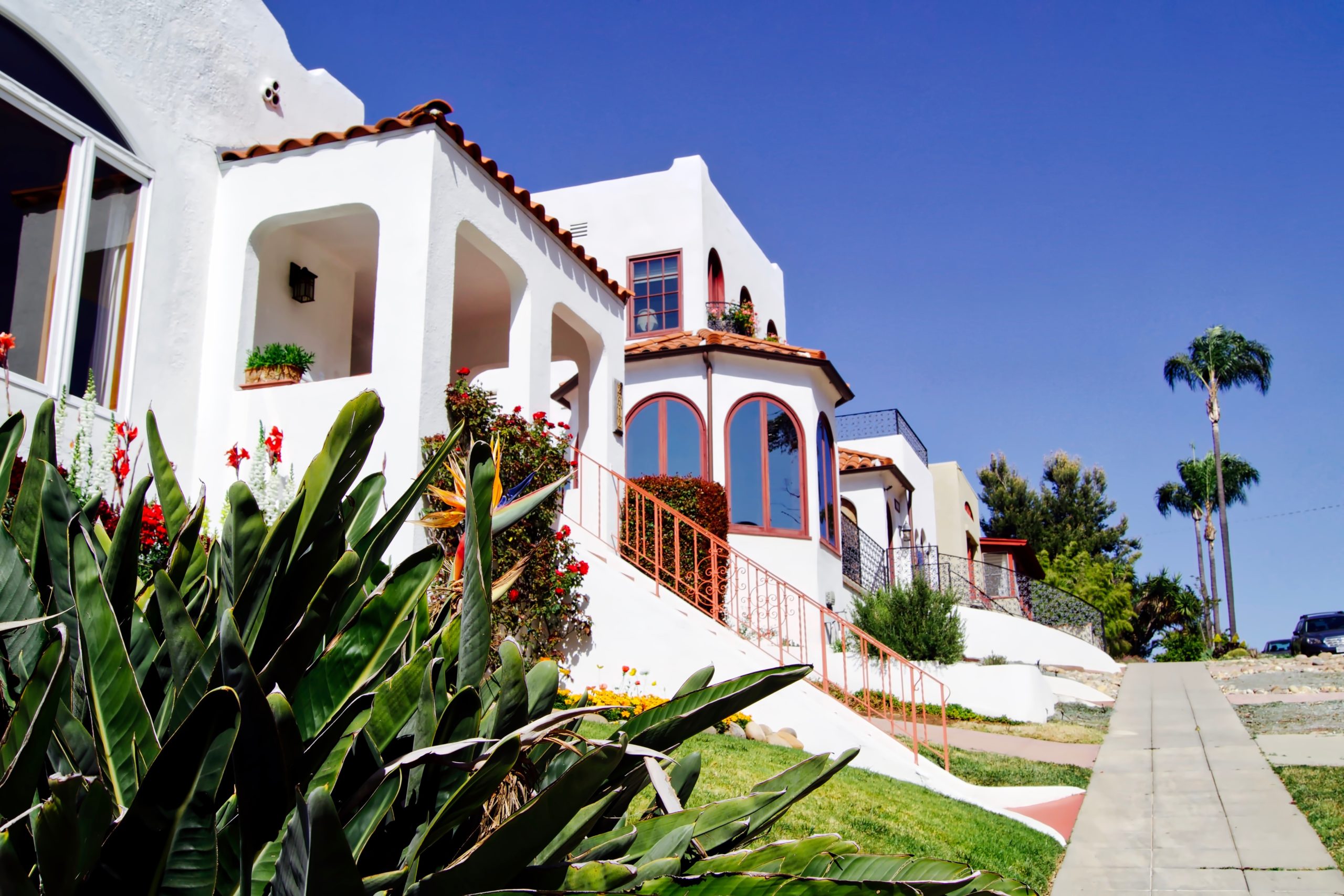Are you having deja vu? We’re having deja vu. But it’s understandable; Spanish Colonial Revival architecture is awfully similar to Mission Revival architecture, which we covered in our Los Angeles Architecture 101 series last May. And somewhere, an architect is fantasizing about strangling us for the oversimplification. In our defense, experts will surely agree that Spanish Colonial Revival and Mission Revival are often mistaken for one another, despite a few notable differences. They even share a similar trajectory in the city’s history.
It All Leads Back to the Panama-California Exposition
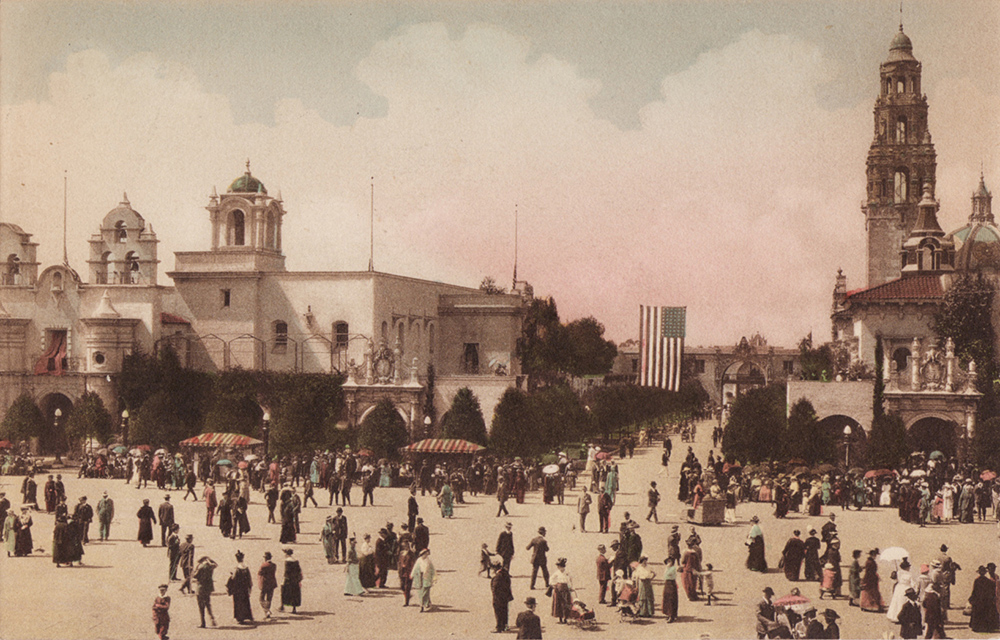
Like many design styles popular in Southern California, Spanish Colonial Revival architecture made its debut at the Panama-California Exposition of 1915. A celebration of the Panama Canal’s opening, the two-year event overtook Balboa Park in San Diego, presenting the exotic romanticism of Spain’s architectural influence.
Bertram Goodhue and Carleton Winslow, noted architects out of New York, created a sprawling sampler of structural delights to the wonderment of attendees. Spanish Colonial Revival styles were on display, and they had plenty of good company. Goodhue and Winslow also presented flavors of Mexican influence, Spanish Churrigueresque, Mission Revival, and Middle Eastern designs.
Spanish Colonial Origins in California
Any one of the Revival styles was an easy sell in California where people still held a burning passion for the frontier days. Harkening back to the time of Alta California, when a portion of Southern California was still under Spanish rule, Spanish Colonial architecture thrived from 1769 through 1821.
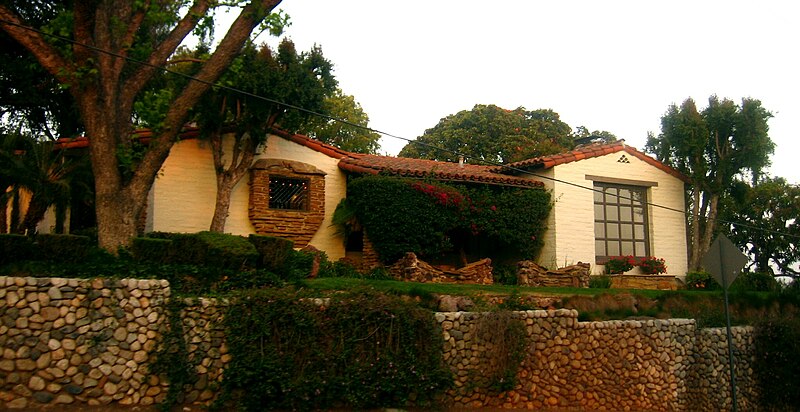
In 1822, Alta California became Mexican territory. Though the buildings remained, we expect they weren’t quite as popular with the Mexican people who had just fought a bitter war against the Spanish for their independence.
The Rise of Spanish Colonial Revival Architecture
But 1915’s Panama-California Exposition kicked off a new love affair with an architecture that came to be known as Spanish Colonial Revival. Yeah, a bit more of a mouthful than Beaux-Arts or Googie. It really hit its stride in 1920 and continued to be a major presence on the design circuit for about a decade. Its prevalence in Los Angeles today can be credited in part to the sudden need for housing coinciding with the style’s popularity. During that decade, LA’s population doubled.
How to Identify Spanish Colonial Revival Architecture
As we mentioned, it’s easy to confuse Spanish Colonial Revival architecture for similar design styles. A diversity of influences only served to further muddy the waters. Yet, there are several details indicative of Spanish Colonial Revival designs. The more of these features present, the more likely it is that you’re viewing a Spanish Colonial Revival structure.
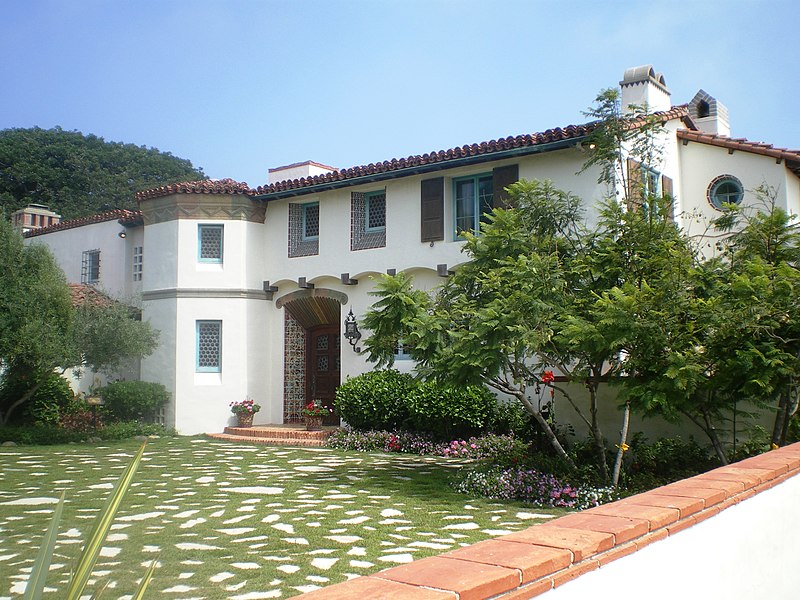
Distinguishing features of Spanish Colonial Revival architecture include:
- Red clay tile (though sometimes asphalt shingle) roofing
- Low-pitched side-gable, cross-gable, hipped, or flat (with parapet) roofs
- Asymmetrical orientation of facades
- Stucco wall cladding (not too textured or smooth)
- Stucco-clad front or side-facing chimneys (often with decorative hoods)
- Wooden entry doors often accentuated by ornate wrought-iron decoration
- Arched windows, doors, and entryways
- Two-tone color schemes
- Floral courtyard gardens
- Frequent presence of patios, courtyards, and balconies
Noted Architects Working in Spanish Colonial Styles
While many architects were working in some sort of Revival style at the time, a few were distinguished by their mastery of Spanish Colonial Revival architecture. Reginald Johnson, Wallace Neff, Robert H. Spurgeon, Myron Hunt, and Elmer Grey did work all across the Greater Los Angeles area. Yet, Pasadena presents a striking collection of their works within the Spanish Colonial Revival style.
Where to Find Spanish Colonial Architecture Around the LA Area
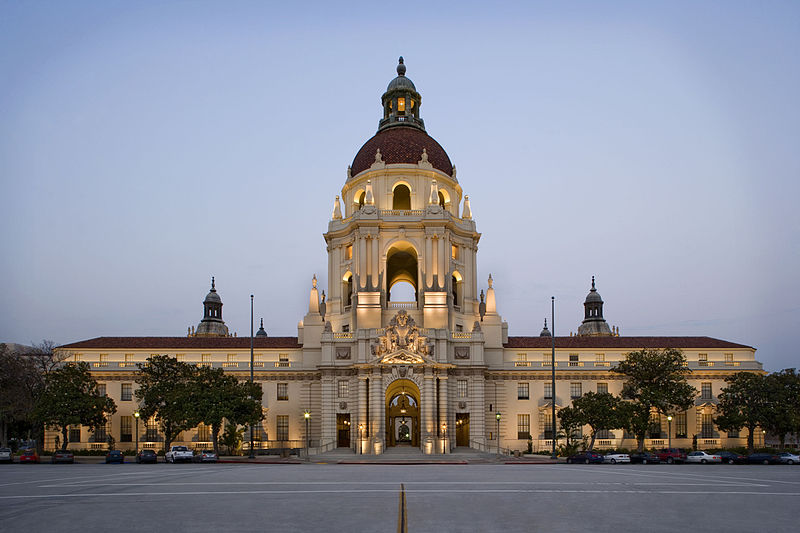
Likewise, though you can find examples of Spanish Colonial Revival structures all over LA, there are some neighborhoods where the style is more prevalent. In the early days of the style’s popularity, Whitley Heights and Hollywoodland featured lavish early examples of Spanish Colonial Revival architecture at the commissioning of some of the city’s rising stars.
These days, plenty of Spanish Colonial Revival homes still exist in states of preservation across the Greater Los Angeles area. In Pasadena, Spanish Colonial Revival architecture characterizes neighborhoods near the Huntington Library and CalTech. The Rossmoyne Historic District in Glendale is noted for its liberal use of Spanish-influenced designs, many bordering nearby Nibley Park. Mid-Wilshire also offers impressive examples, particularly in the neighborhoods of South Carthay, Carthay Circle, and PicFair Village. The areas’s historic love of Spanish Colonial Revival architecture can be found in residences from Riverside to Beverly Hills.
Examples of Spanish Colonial Revival Architecture You Can See Around LA
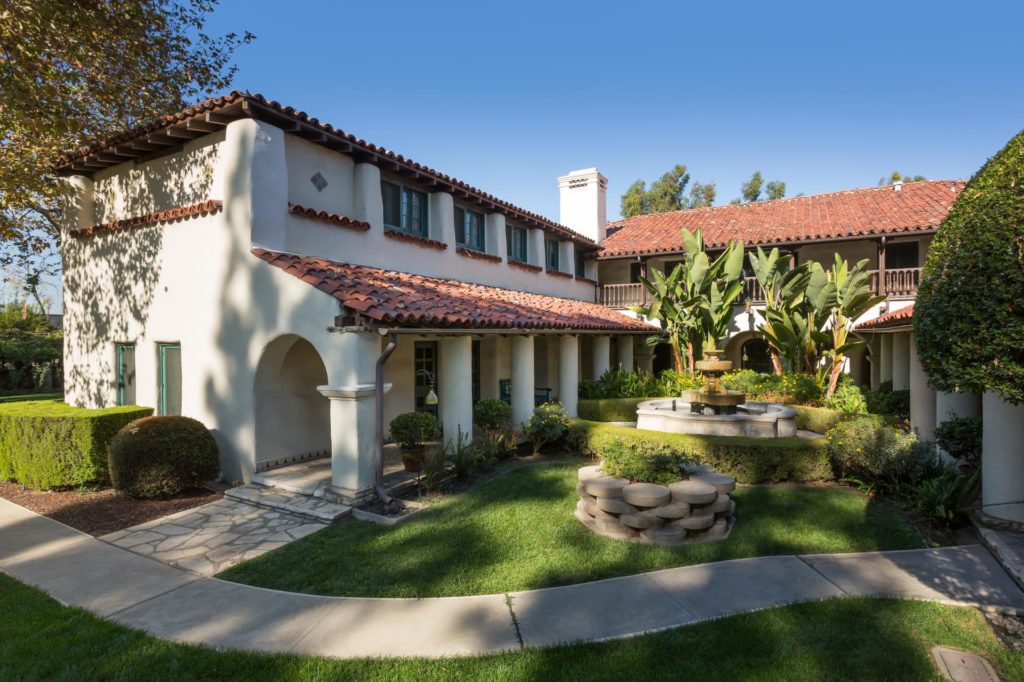
However, if a Spanish Colonial goose chase doesn’t sound like your idea of a good time, the Greater LA area also offers plenty of notable buildings that invoke Spanish Colonial Revival styles.
- Adamson House – 23200 Pacific Coast Hwy, Malibu, CA 90265
- Alice Lynch Residence – 2414 4th Ave, Los Angeles, CA 90018
- C.E. Toberman Estate – 1847 Camino Palmero St, Los Angeles, CA 90046
- Glendale Southern Pacific Railroad Depot – 400 W Cerritos Ave, Glendale, CA 91204
- Hotel Bel Air – 701 Stone Canyon Rd, Los Angeles, CA 90077
- La Casa Nueva -15415 Don Julian Rd, City of Industry, CA 91745
- Pasadena City Hall – 100 Garfield Ave, Pasadena, CA 91101
- Scripps College – 1030 N Columbia Ave, Claremont, CA 91711
Did you enjoy learning about Spanish Colonial Revival? Then be sure to check out other editions of our Los Angeles Architecture 101 blog series!

